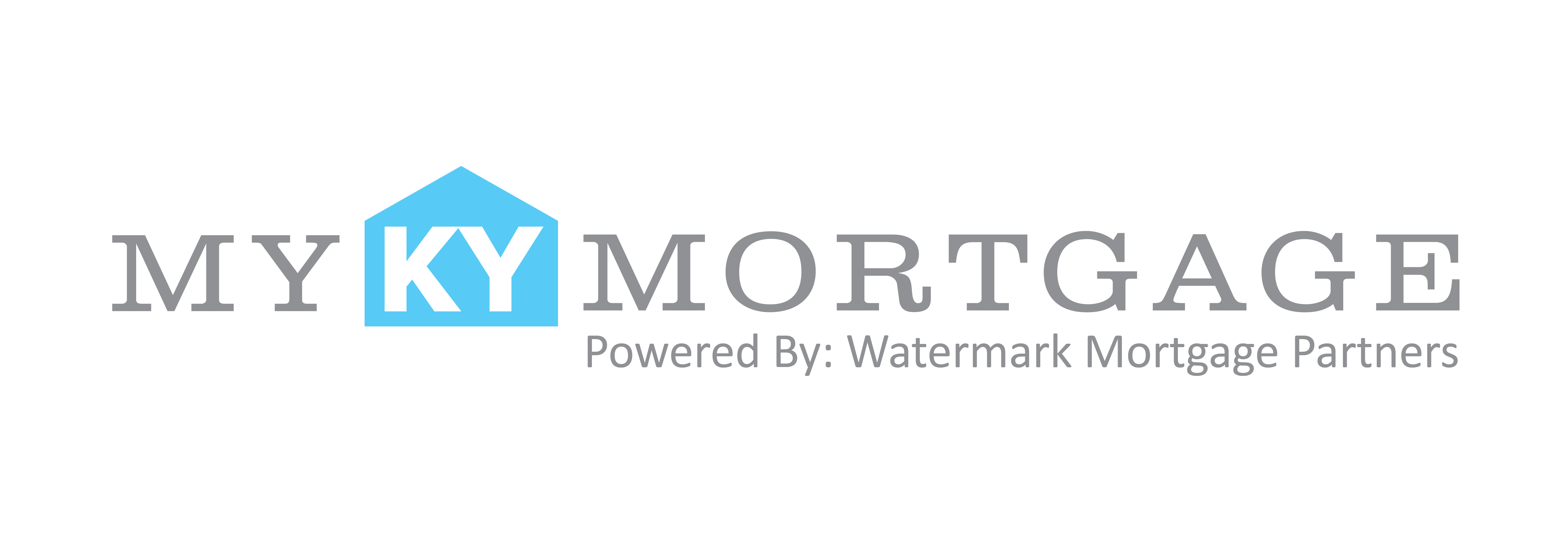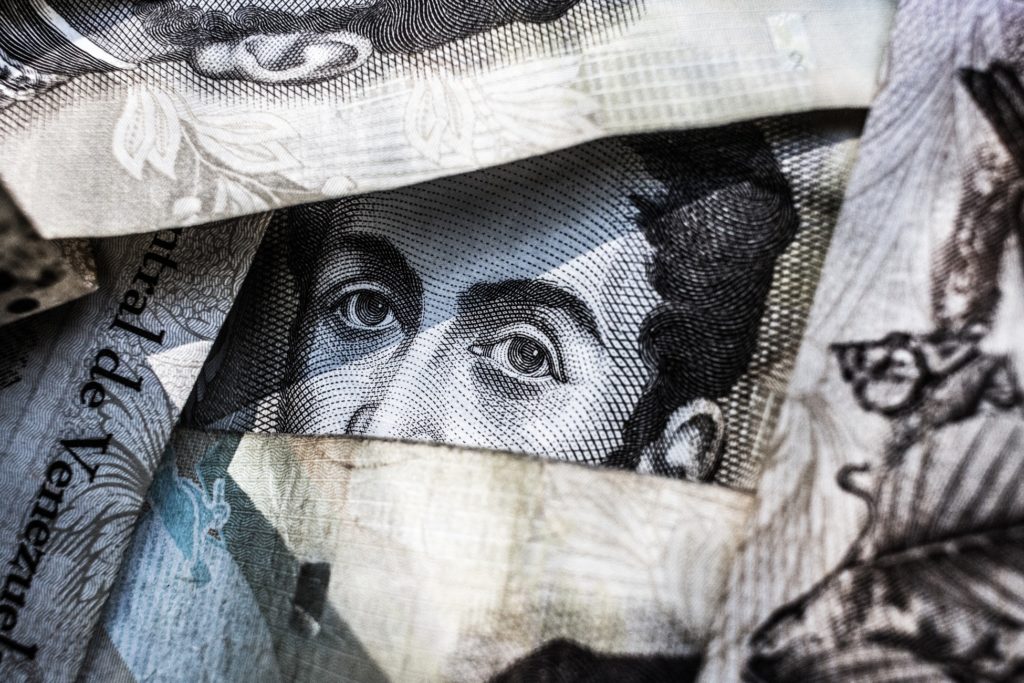When it comes time to purchase a home, a proof of funds letter shows that a buyer has enough liquid cash to complete the deal. If fact, buyers shouldn’t feel prepared to make an offer without this document because buyers will want to see this essential paperwork to determine whether the purchaser is truly able to afford the house. Here, Realtor.com shares what buyers need to know about how to obtain a proof of funds letter and more.
Who needs a proof of funds letter?
Basically, all buyers need to provide a proof of funds letter. Even if you’re obtaining a mortgage to finance your home purchase, you’ll still need enough cash for a down payment (ideally, 20 percent of the price of the house) and closing costs (an extra 3 percent to 4 percent of the home’s price). Although lenders will check your finances to make sure that you have the necessary cash on hand to close the deal, home sellers also will want to see that you have set funds aside. That means you should provide them with a proof of funds letter, as well as a pre-approval letter from your lender that confirms they are willing to loan you the remainder of the money you need.
Proof of funds letter versus pre-approval letter
A pre-approval letter is not a proof of funds. Mortgage pre-approval is a commitment from a lender to provide a buyer with a home loan. A proof of funds letter is a separate document that shows where you’re keeping the cash you need to bring to the closing table.
What counts as proof of funds?
You can get a proof of funds letter from the institution where your money is being held—typically a bank—but it also can come from other types of assets, such as an open credit line or money market account where funds can be accessed quickly. Money in mutual funds and stocks can’t count as proof of funds, since this money can’t be easily withdrawn and the amount can fluctuate daily based on market conditions. If you need to use some of this for your down payment, plan on transferring that money sooner rather than later into an account that will count as proof of funds. If the money you’re using for your down payment is coming from several accounts, you also should consider pooling it all into one for simplicity’s sake. Note: Although lenders will closely track where those dollars came from to make sure you aren’t secretly getting loans from family members to help with the purchase, home sellers won’t be so choosy; all they really want to see is that the money exists.
How and when to get a proof of funds letter
Obtaining a proof of funds letter typically is a quick and easy process in which you contact your bank and request one. Although you typically can get one within a day or two, keep in mind that some banks move more slowly than others. Ideally, you’ll want to give yourself at least a week for the statement to be issued. So, it’s best to obtain a proof of funds letter before submitting an offer on a home. As for when to provide proof of funds to sellers, some do it when they submit an offer on a home. But it’s also typically fine to supply it 24 to 38 hours after the offer is accepted.
What a proof of funds letter should include
Essentially, this document includes the account holder’s name and current balance of available funds—all on bank letterhead and signed by a bank official. In many cases, however, a recent bank statement from a checking or savings account where the money is being held also can serve as proof of funds. So, it’s worth checking if that alone will suffice. In addition, you can black out sensitive information on the statement before providing the statement to a seller to protect your privacy. As long as it’s clear that the account is yours and the money is in there, you’re all set.



